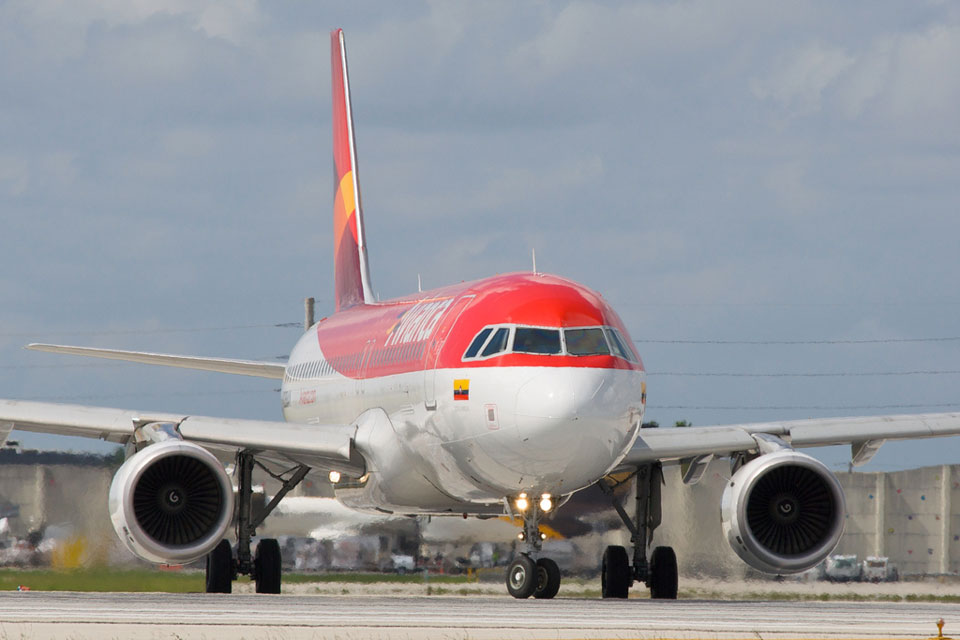Dutch airline KLM returned to Colombia after a 20-year absence in March, offering an innovative Amsterdam-Bogota-Cali route. Olly West asks Air France-KLM country head Gabriel García what was behind the decision and what it means for travel options between Colombia and Europe
In 1995, when KLM last served Bogota, 2.38 million passengers made international air journeys to and from Colombia, according to Aeronautica Civil.
Last year, as KLM — which merged with Air France in 2004 — plotted its return to Colombia, this figure had risen nearly fourfold to 9.96 million, having grown every year in the past two decades with the exception of 2002. International passenger traffic has increased by 4 million since 2009 alone.
KLM is far from the only airline to have jumped on the growing trend. Delta just announced it would start direct flights to Medellin from Atlanta, Georgia, while Avianca started a direct route to London in July; Portuguese airline TAP now offers Bogota-Lisbon flights, and other airlines are increasing frequencies.
With Air France unable to add to its daily flights from Bogota to Paris due to bilateral agreements between Colombia and France, at 12:45pm on March 28 its partner KLM sent flight 745 from Amsterdam-Schiphol on its way to El Dorado.
“The Colombian market is far broader now and the economic and foreign investment situation has changed significantly”, Gabriel García, general manager of Air France-KLM in Colombia, tells The Bogota Post.
“We are here to grow and to stay”, he adds. “We have seen how demand for flights to Colombia has been increasing and this new route allows us not only to increase the frequency of our flights but to reach two hubs in Europe directly from Colombia — Paris and Amsterdam.”
García says this makes Air France-KLM the only European carrier to offer passengers the chance to combine tickets to fly out of two different cities; one can travel out with Air France and return with KLM, for instance. The Amsterdam flight also increases options for Colombian travellers looking beyond Europe to Asia and Africa, he adds.
More intriguingly, KLM now offers another service no other European carrier does: direct flights from Cali.
Indeed, KLM’s newly-refurbished 777-200 touched down in Bogota at 4:25pm but stayed on the tarmac for just 90 minutes before jetting off to Cali. Another hour and a half of stopover later, it flew from Alfonso Bonilla Aragón airport directly to the Netherlands.
As many as 30 percent of the passengers using the route are flying in and out of Cali, according to García.
“We think this route offers a great opportunity to the southwest of Colombia”, he says. “Beyond Cali, it provides easy access to the coffee region, Buenaventura, Popayan, Pasto.”
Flying out of Cali has an additional benefit for the airline. Payload restrictions on planes leaving Cali – or, to the layman, the weight they can carry – are much less limiting in the capital of Cauca because the airport is at a much lower altitude.
“This means we can take off from Cali with maximum capacity of fuel, cargo and passengers,” says García.
The route operates three times a week, but if all goes to plan, the airline will look to increase frequency in 2016.
Cheaper fares?
Laws of supply and demand suggest that greater options for travel to Europe should make air travel to and from Colombia less costly for customers. García says that for KLM this is certainly the case.
“Absolutely, we are very aggressive in terms of fares,” he says, pointing to the $595 USD return that was available for a time before the launch of the route. “We want to make clear that although we feel we have one of the best products, that does not mean it is the most expensive.”
Of course, the Colombian peso’s rapid devaluation since oil prices began to fall late last year means that headline dollar prices are more expensive for those earning in local currency.
But rather than dampening demand for routes between Colombia and Europe, the weaker peso may just shift the type of travellers using the routes, says García.
“Any reduction in traffic that a weaker currency may cause should be compensated by the increasing attractiveness of Colombia for foreigners looking to visit the country.”
Nevertheless, even if spending costs may increase for peso-earners, there is an imminent development likely to benefit the bottom line of both Colombian travellers to Europe and Air France-KLM.
“We are particularly optimistic that removing the Schengen visa requirement for Colombian citizens will lead to an increase in traffic,” says García. “We met the EU ambassador recently and it is likely the requirement could be removed in time for the winter season.”
By Olly West







